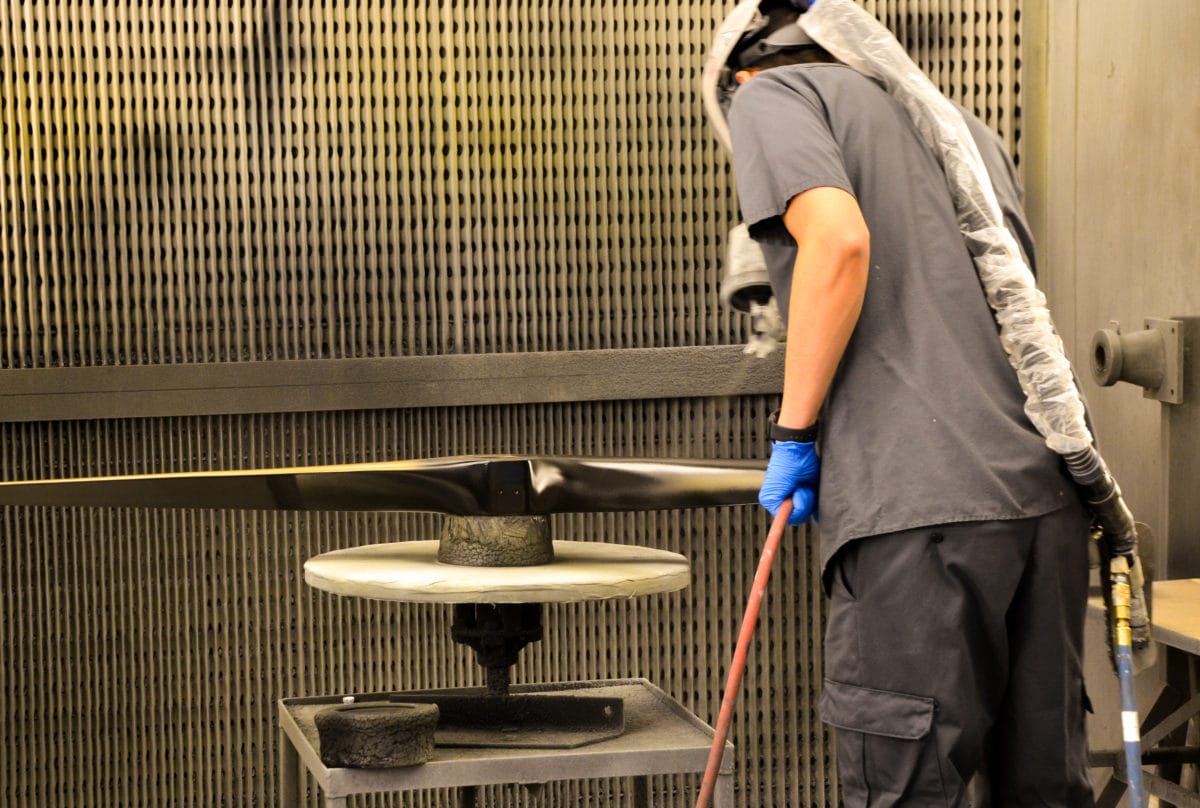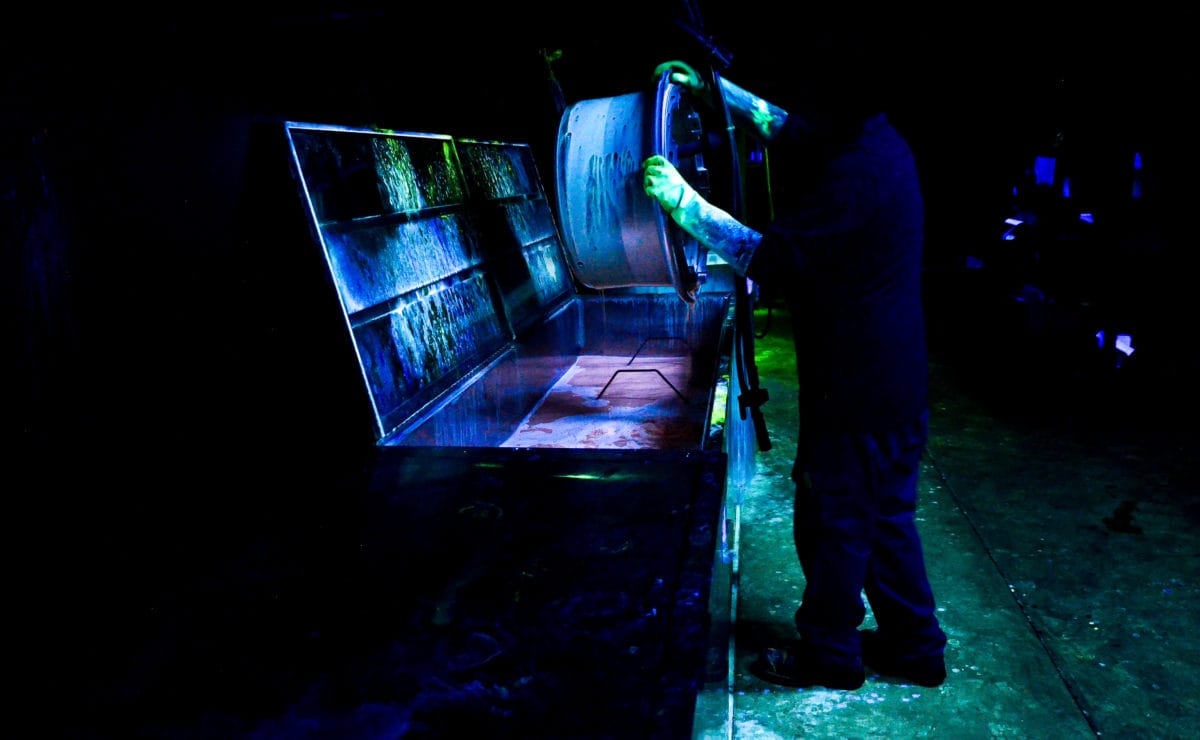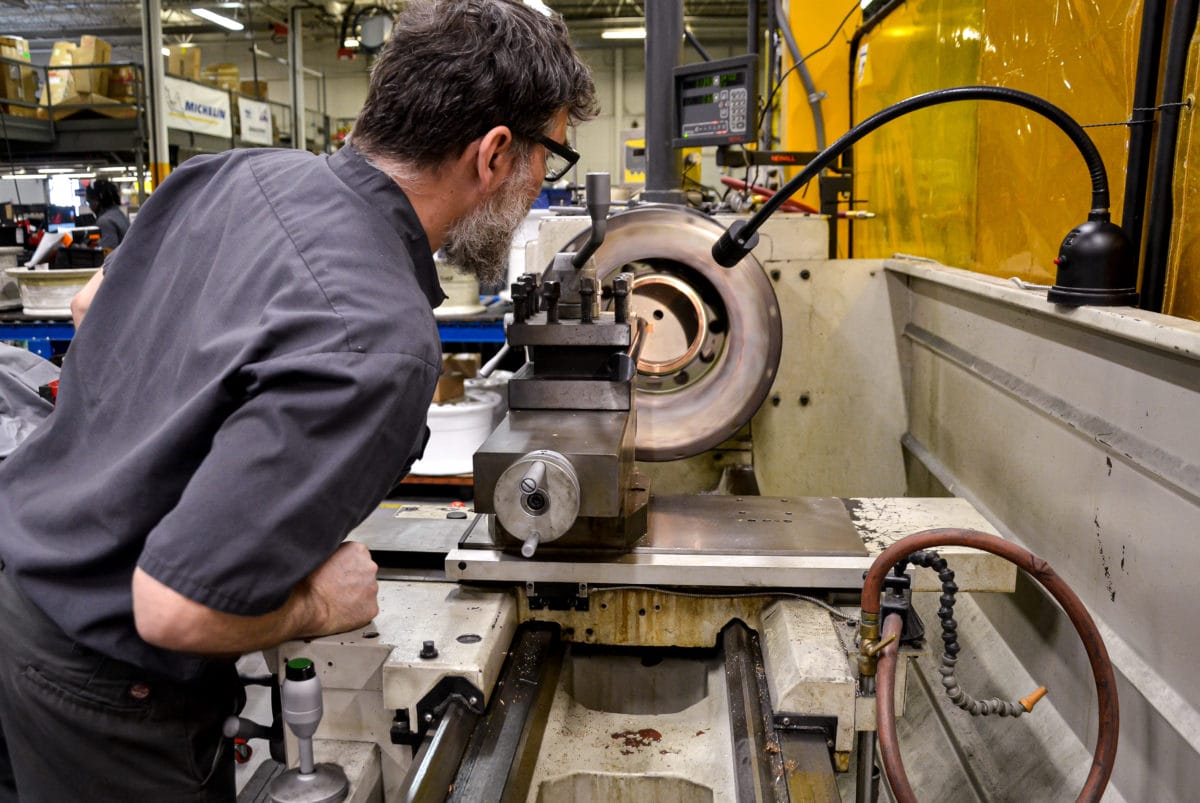NDT – In House Servicing and Customers Facilities On-Site
Non-destructive testing allows us to confirm the serviceability of key components during the overhaul process, to provide our customers with longer life from expensive aviation parts. Replacing parts based on actual serviceability instead of time-based replacement guidelines can significantly reduce overhaul expenses for your aircraft and your fleet.
NDT technologies are only as good as the people who employ them to uncover what can’t be seen by the naked eye. Our confidence in the results is a product of the years of experience and training our NDT specialists have under their belts.
Our highly-skilled and experienced NDT team makes use of a number of advanced technologies that speed the inspection process while also delivering better inspection results. Hope Aero NDT technicians are certified to the national Canadian General Standards Board CGSB 48.9712 through Natural Resources Canada. We provide various methods of inspection which includes, PT, MT ET and UT. All of these NDT procedures are completed in house for faster turnaround. A number of testing techniques can also be performed on site – sometimes with the parts still installed on the aircraft – saving our clients considerable downtime from disassembly, shipping and reassembly.
Capabilities & Equipment include:
- ET – Eddy Current Testing
- PT – Liquid Penetrant Inspection
- MT – Magnetic Particle Inspection
- UT – Ultrasonic Testing
- Automated wheel ET machine
- Automated tie-bolt UT inspection machine
- Liquid penetrant processing line
- MT wet bench




